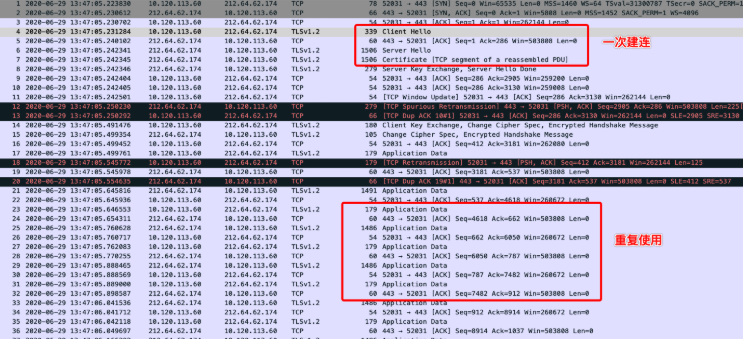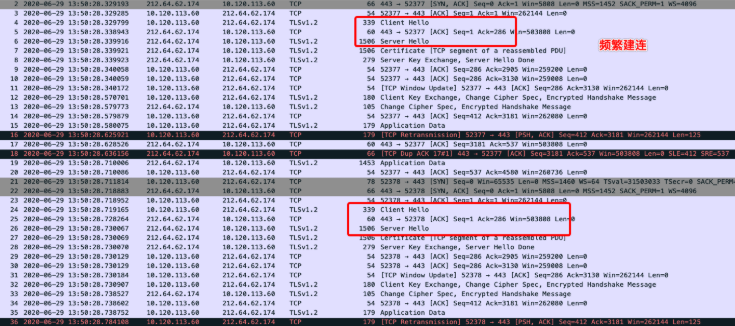// Body represents the response body.
//
// The response body is streamed on demand as the Body field
// is read. If the network connection fails or the server
// terminates the response, Body.Read calls return an error.
//
// The http Client and Transport guarantee that Body is always
// non-nil, even on responses without a body or responses with
// a zero-length body. It is the caller's responsibility to
// close Body. The default HTTP client's Transport may not
// reuse HTTP/1.x "keep-alive" TCP connections if the Body is
// not read to completion and closed.
//
// The Body is automatically dechunked if the server replied
// with a "chunked" Transfer-Encoding.
//
// As of Go 1.12, the Body will also implement io.Writer
// on a successful "101 Switching Protocols" response,
// as used by WebSockets and HTTP/2's "h2c" mode.
Body io.ReadCloser
// The default HTTP client's Transport does not // attempt to reuse HTTP/1.0 or HTTP/1.1 TCP connections // ("keep-alive") unless the Body is read to completion and is // closed.
大家看到里面的话,只有当 body 读取并关闭,而我上面的代码只是关闭了,Body 并没有读取。所以导致了 client 没有 reuse TCP connection。
所以这个完全明白了,我们必须在关闭之前完全的读取 Body 里面的数据,我把原来的代码改成了下面之后就解决了问题
重用
package main import ( "io" "io/ioutil" "net/http" ) func main() { count := 100 for i := 0; i < count; i++ { resp, err := http.Get("https://www.oschina.net") if err != nil { panic(err) } io.Copy(ioutil.Discard, resp.Body) resp.Body.Close() } }

不重用
package main import ( "io" "io/ioutil" "net/http" ) func main() { count := 100 for i := 0; i < count; i++ { resp, err := http.Get("https://www.oschina.net") if err != nil { panic(err) } //io.Copy(ioutil.Discard, resp.Body) resp.Body.Close() } }

本人也亲测证明了这一点